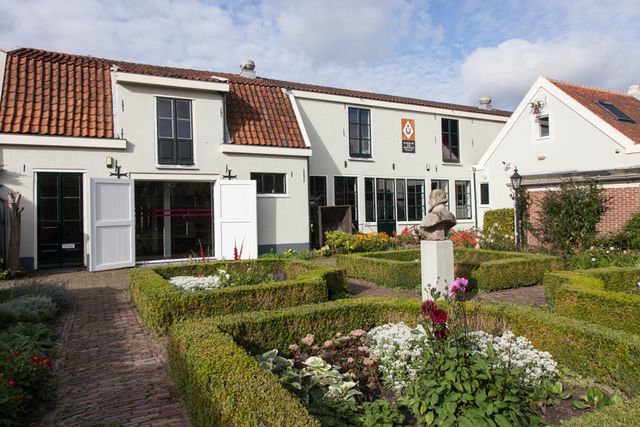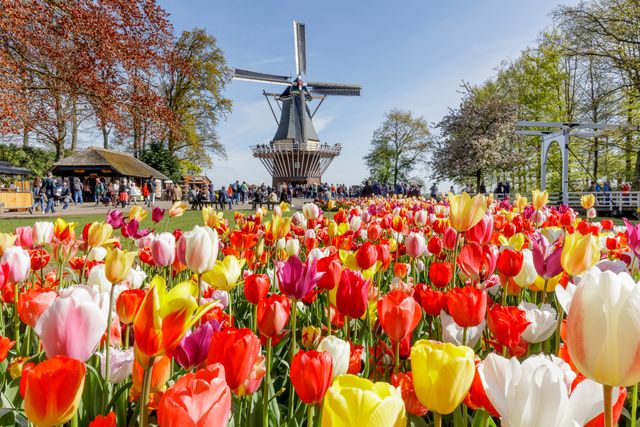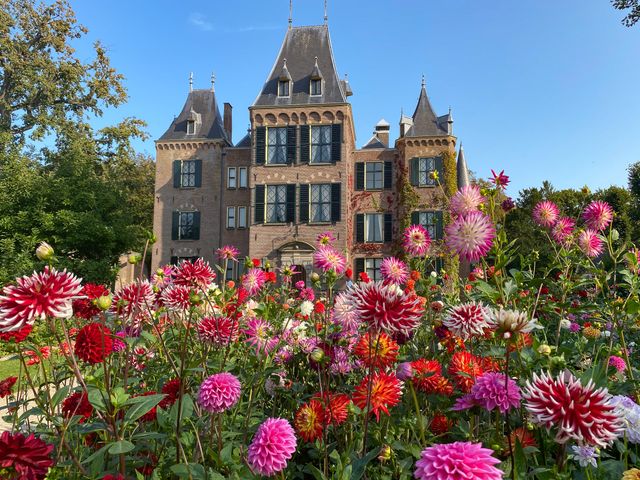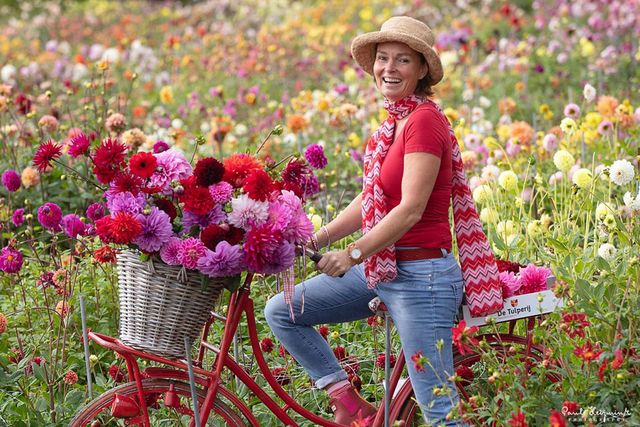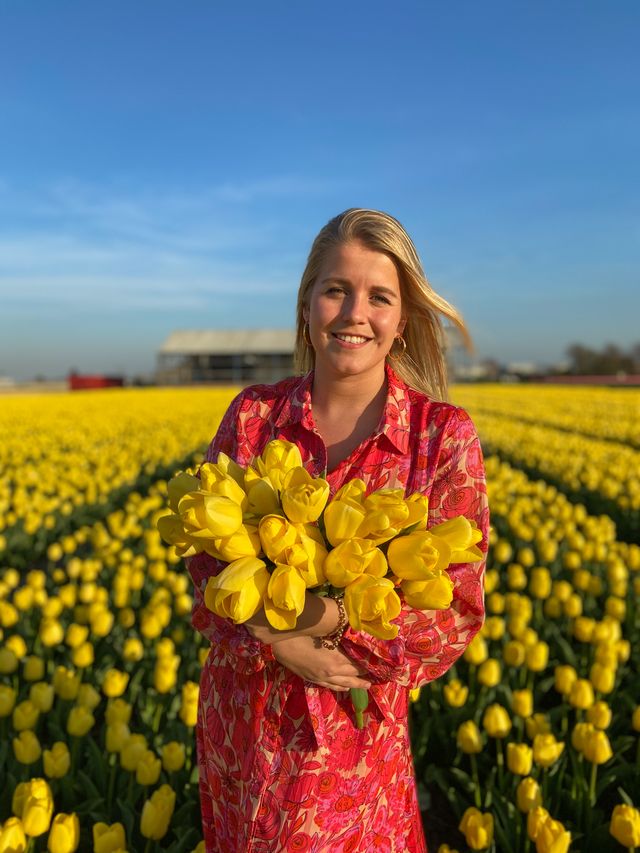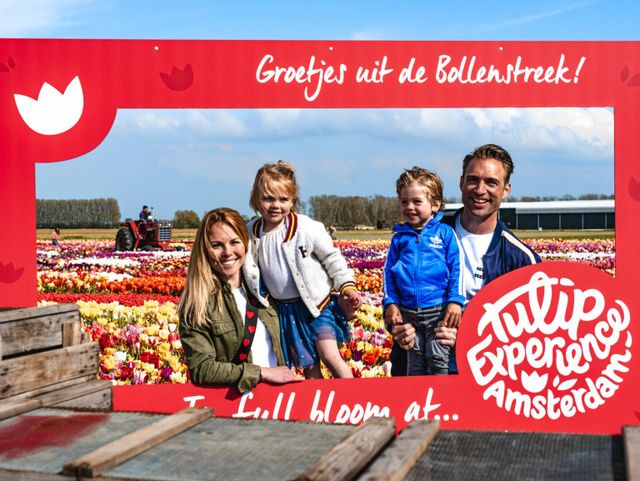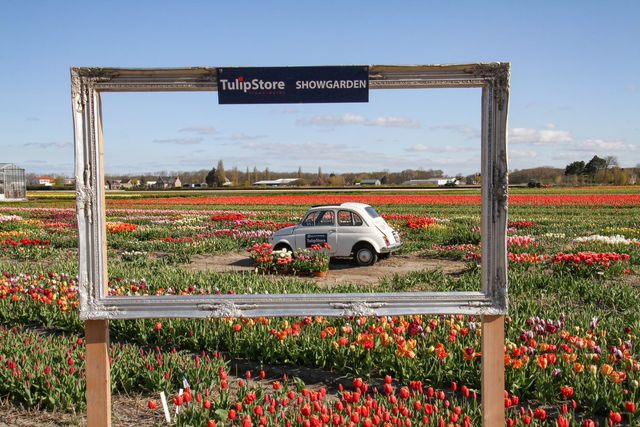Flower culture in the Bulb region
The Bulb Region between Haarlem and Leiden is the home of the Dutch tulips, which have gained worldwide fame as a result. The region is not only known for growing tulip bulbs, but also crocuses, daffodils and hyacinths. Bulb cultivation originated in the late 16th century on the sandy soils near Haarlem and flourished in the 17th century. Large-scale cultivation in the bulb region developed in the second half of the 19th century.
The bulb area is characterised by the broad sand ridges that remained after the dunes were removed between 1650 and 1955 for the purpose of extracting sand for urban development. This gave rise to the Geest area, which was very suitable for growing bulbs in addition to cattle breeding and horticulture. They were shielded from the North Sea by extensive rows of dunes.
During the flowering season of the bulbs, the area shines brightly and attracts many visitors. After the crocuses, daffodils bloom from the end of March, followed by hyacinths and tulips. In summer, gladioli, dahlias, carnations and asters bring colour to the area.
Flowers in Spring
The bulbs are planted in autumn, then straw is spread on the soil to protect the bulbs from frost. In spring, the soil under the straw begins to seed so that the bulb can grow and flower early. After the lush flowers in spring, it's the tulips' turn. In summer, when the plant has dried out, the bulbs are uprooted and peeled by hand or, in the case of hyacinths, rolled. This is traditionally a nice extra income for young people and seasonal workers from home and abroad. The bulbs are then dried and disinfected in bulb sheds at high temperature.
Every spring, the flowering bulb fields attract many visitors who enjoy the bright colours and the play of lines of the flower fields in the Bulb Region.
More about Spring Flowers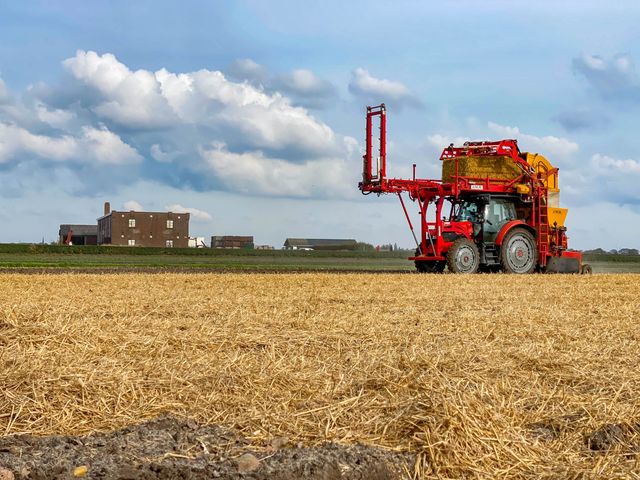
Summer Flowers
In summer, gladioli, dahlias, carnations and asters provide a second colourful period in the Bulb Region. The dahlia in particular has been gaining huge popularity in recent years. The dahlia originates from Mexico and for that reason is not hardy. Just after the first night frost, dig up the tubers and overwinter them in a frost-free spot.
The dahlia is a summer flower with a long history in our gardens. It used to be a real pet plant, planted by farmers so they could pick flowers from it for a spring. Because that's what characterises the dahlia: lots of flowers, which you can pick, and new ones often come in return. Dahlia bulbs are a joy of life and farmers realised this early on. The graceful flowers also found their way to the city early on.
More about Dahlias
Come and experience the flowers!
Enjoy the Flowers, respect our pride!
If you are standing at the edge of such a brightly coloured sea of flowers, you will probably be tempted to step out into the fields. However, we strongly urge you not to walk amidst the flowers. The flowers and bulbs are easily damaged. Even if you are very careful, you can bring plant diseases into the field with your shoes. And that means a considerable loss for the growers. So please take your best flower photo or selfie at the edge of the field!
Would you like to take a photo amidst the flowers? Then visit one of the locations specially set up for that purpose:
Giant Bulbs!
The Gildemeesters Bollenstreek Foundation launched the art project "Giant Tulip Bulbs" aka "Reuzenbollen" in 2018.
The eighty man-sized works of art in the shape of a tulip bulb will be painted by different artists from the Bulb Region and will be placed between Leiden and Haarlem. They all tell their own story, related to the Bulb Region.
The Giant Bulbs will be adopted by foundations, companies and local councils and they will form a beautiful route through the region. That way, we can also admire the flower bulbs beyond spring!
Cycling along the bulbs
History of the bulbs
At Museum de Zwarte Tulp, visitors experience the Bulb Region through an interactive exhibition for the whole family. The museum tells about 500 years of the region's history, the work on the land 100 years ago and today, and the science behind the development of new tulip varieties.
The museum is located in a building in the centre of Lisse that once served as a bulb storage shed. If you want to learn more about the history of bulb culture, take a look round Museum de Zwarte Tulp in Lisse.
Museum de Zwarte Tulp